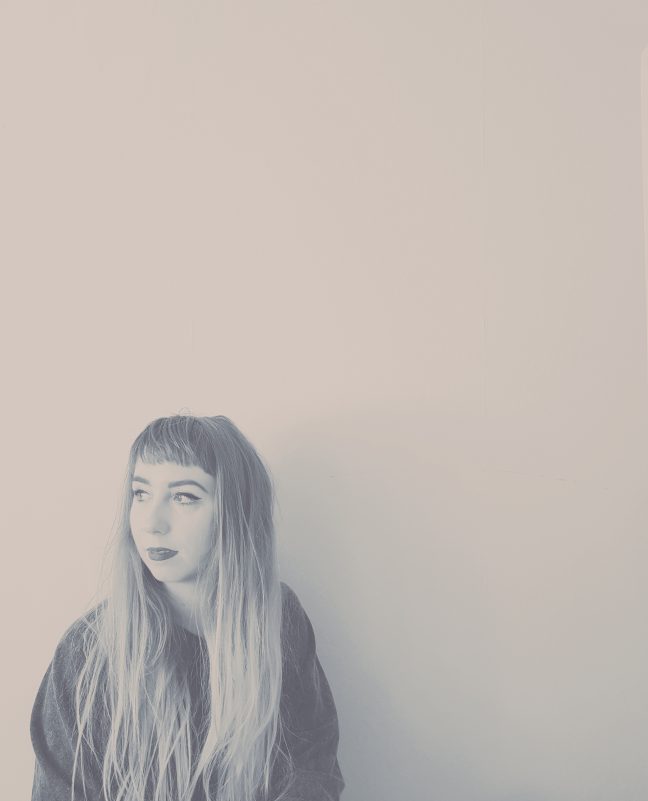This month we are taking to Ivan Camps & Boogie Man Aka Álvaro Villar, both Year 3 students and producers of ‘Sloth Operator Radio’, a weekly broadcast of emerging techno music on Resonance Extra.
DMSA: Three Important words that represent you as a creative person.
I.C.: Perseverance, Integrity and exploration.
B.M.: Creative, alchemist and bored.
DMSA: When did you start working with sound and music?
I.C. I started back on 2008 when I formed a band with a friend and started creating music and gigging, meanwhile, also I was doing some DJ’ing in local venues in Brighton.
B.M. I went for five years to a music school playing guitar studying Classical music and Flamenco. I went to the Conservatory in Madrid, so I got a bit depressed because the little kids in my class were far better than I. Then, when I was 15, I discovered techno, left music school and started to produce with my computer and my old friend Luis. Luis had an old mixer from his uncle, who used to be a wedding DJ back in the 70’s, another friend bought a turntable and a stereo Hi-fi with cassette deck, and we started to record our first mix tapes. Those were really inspiring, challenging, and learning times because we played with a cassette and one turntable, so was just possible to mix one way, we looked for tracks with a melodic intro to be able to sync the cassette with the turntable.
DMSA: In What ways has the DMSA course supported or helped you to develop in to who you are today creatively and professionally?
I.C. Has helped me to understand better my creative instincts.
B.M. DMSA opened my mind musically speaking. All my life I saw myself as a Techno DJ “Superstar”. The course showed me that I could be ending composing music and sound design for TV, films and/or video games. The course has also shown me how to create my own sounds on ways previously unimaginable for me, like creating my own devices and sound field recording. Practices that blew my mind were the soundwalks lead by Dr. J. Milo Taylor.
Can you tell us a bit about Sloth Operator Radio?
I.C. The original idea comes from Álvaro, I liked it and joined the project.
B.M. The idea of creating a radio show came from my first year at University of Brighton. It was not successful and end it up just as an idea. A couple of years later I discussed the idea with Ivan and Kevin. We joined forces and developed the idea of the program’s format. Thanks to Maria Papadomanolaki who gave us the contact of Peter Lanceley in Resonance Extra we were able to start the broadcast of the program.
The program pretends to offer an alternative view on Brighton Club scene which lacks of the genres we play in our show.
DMSA:What are your plans for near future? Projects, events, visions…
I.C. Be a better DJ, lunching our own collective, releasing our own productions and running a night, at least once a month. Ideally weekly, about dance music (non-commercial) in Brighton.
B.M. The first thing to accomplish is to finish my final degree project and graduate at University of Brighton. Future plans?? As Yoda said, “Impossible to see, the future is”.
SOR Facebook Group
SOR Soundcloud










